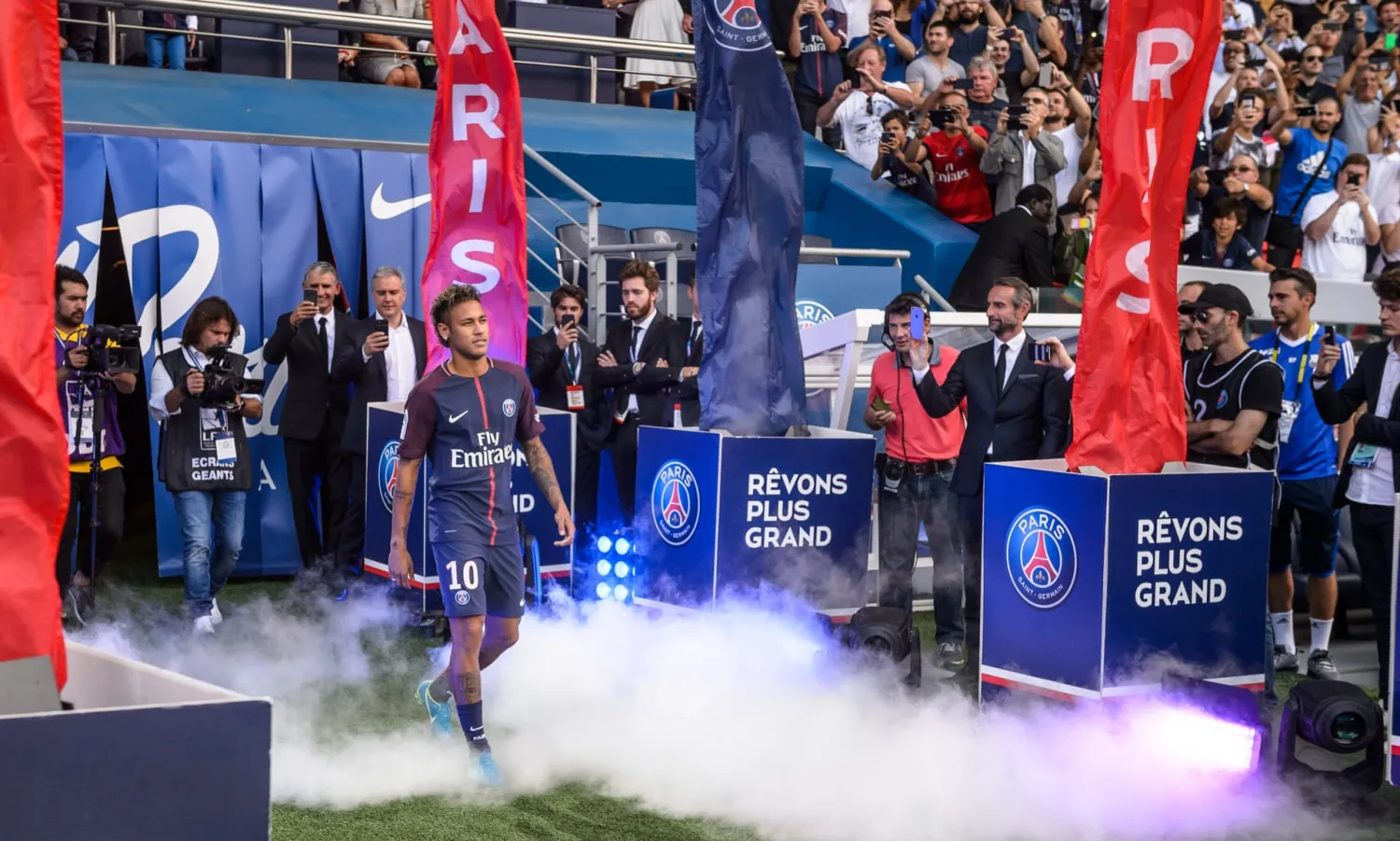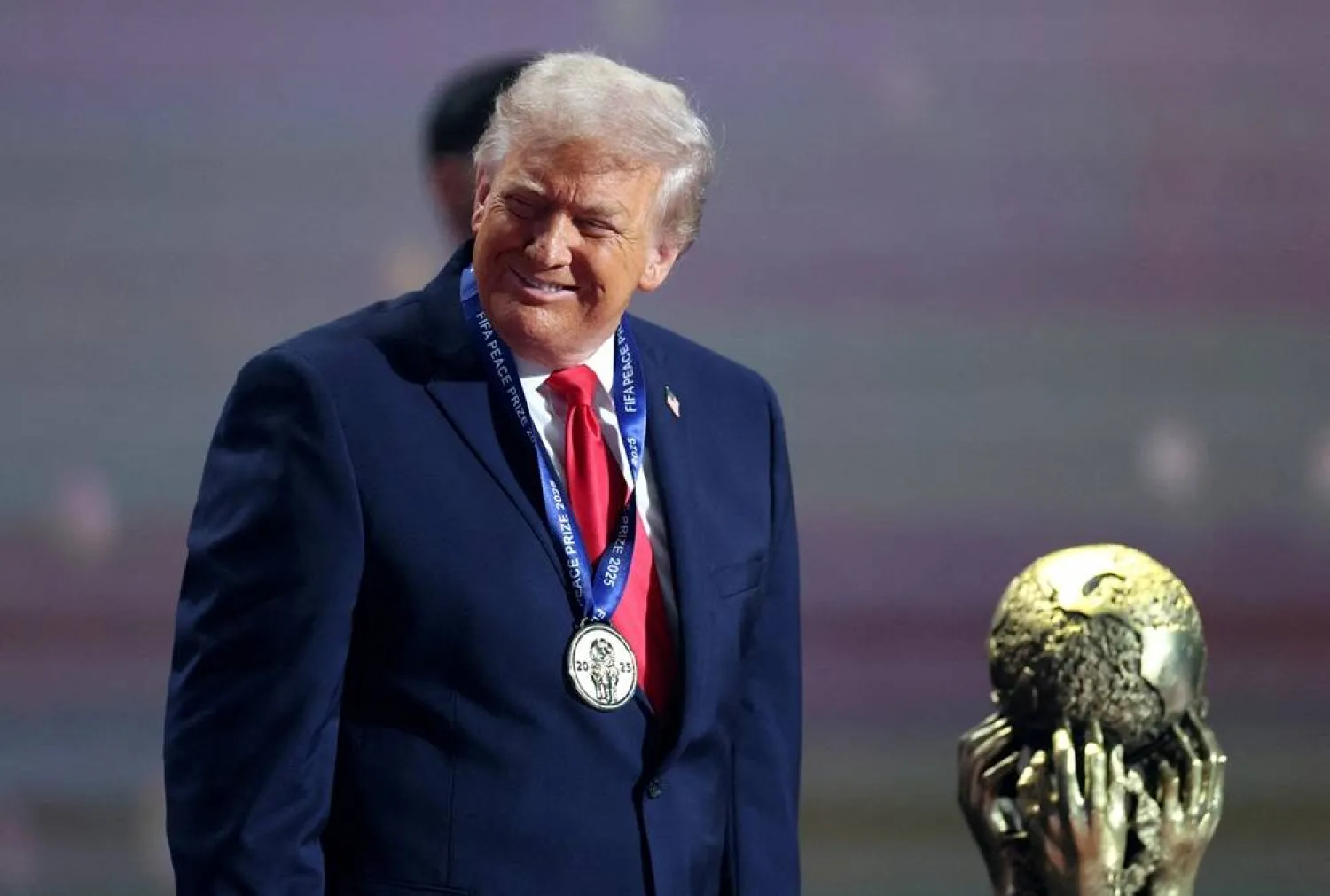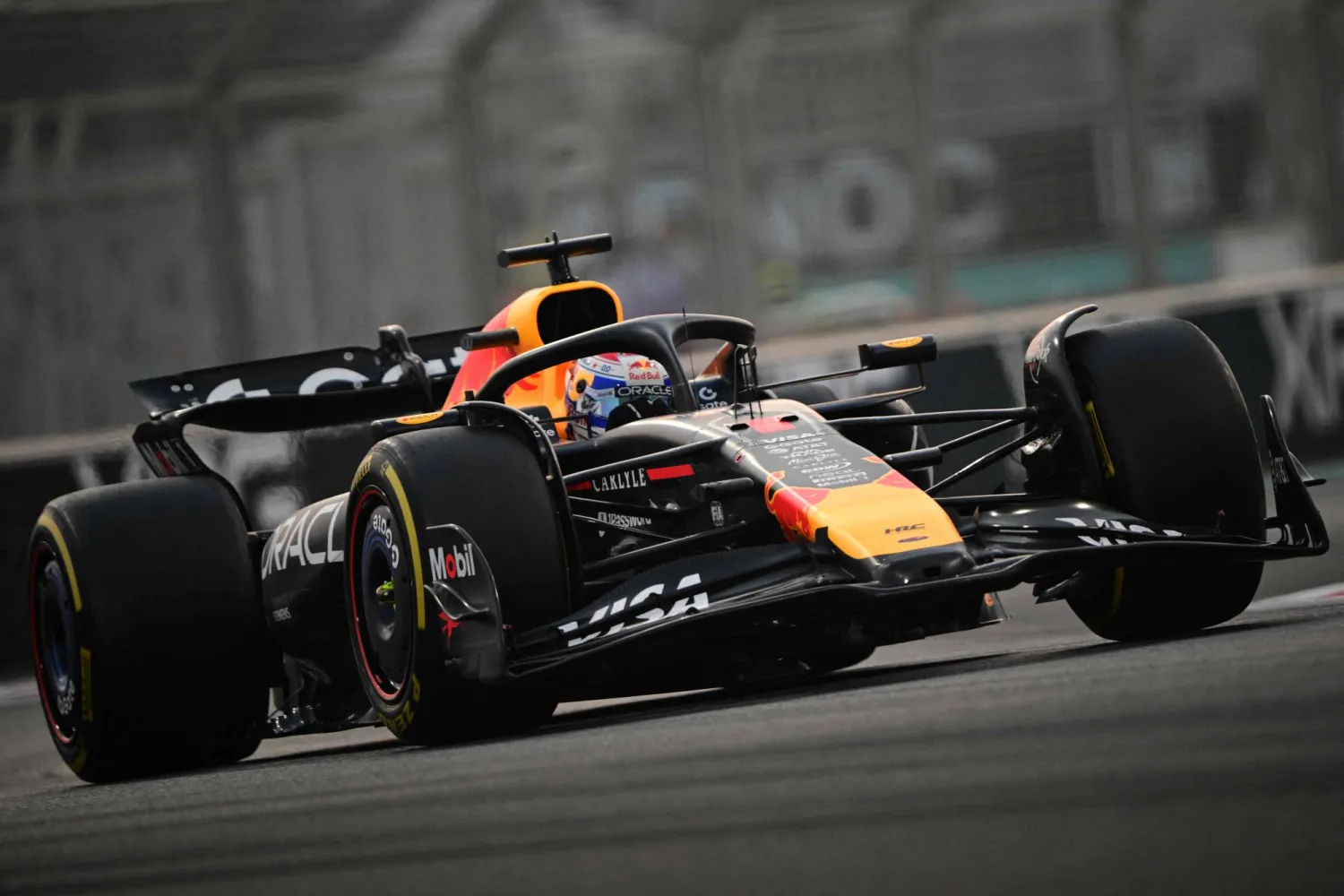Even at the time – in 2017 – the fee Paris Saint-Germain paid Barcelona for Neymar was extraordinary: £198m was 125% more than the previous record, set a year earlier when Manchester United had signed Paul Pogba from Juventus. Transfer records simply aren’t broken by that amount in the usual run of things. It was a statement signing, a deal designed not only to land the player, but to emphasize PSG’s financial power, to highlight their status as a super-club while inflating the market to a level at which only the mega-rich could compete.
Three years on, with football suspended across the globe and major leagues desperately seeking ways to get games on to stave off financial apocalypse, the world looks very different. A model predicated on constant growth has received an abrupt shock.
Whatever the new reality when football does eventually return, whether a sense of social responsibility has set in or, as seems more likely given the direction of travel over the past three decades, the game becomes more focused on the elite and moves ever closer to a franchise-based structure, there will be an adjustment.
Even those clubs backed by sovereign wealth funds will find themselves hampered by financial fair play restrictions that inevitably track the wider economy. The indications are that FFP will be relaxed for a year or two so as not to penalize clubs who have suddenly, and through no fault of their own, found their revenue streams blocked, but there appears little desire to return to a free-for-all of spending.
Before Neymar, the transfer record had more than doubled only twice. In 1903, Small Heath (now Birmingham ) splurged £500 on the Barnsley inside-forward Benny Green, quintupling a decade-old record that had stood since Aston Villa had broken the three-figure barrier to acquire the Scottish forward Willie Groves from West Bromwich. In 1932, River Plate signed the barrel-chested center-forward Bernabé Ferreyra from Tigre for £23,000, obliterating the mark set four years earlier when Arsenal had bought the inside-forward David Jack from Bolton for £10,890 and taking the record outside of Britain for the first time. Green’s record stood for barely nine months but Ferreyra was the most expensive player in the world for 17 years. Neymar’s record could conceivably stand as long.
Ferreyra is an outlier for a number of reasons. The Argentinian game was going through a period of rapid growth, fuelled by radio broadcasts that carried commentary from Buenos Aires to the jungles of Tucumán in the north to the dusty foothills of the Andes in the west to the wind-blasted chill of Tierra del Fuego in the south, pulling the young nation together.
Argentina had reached the final of the Olympics in 1928 and the World Cup in 1930, both times suffering defeats to their neighbors Uruguay that only intensified the yearning for success. The country’s league had turned professional in 1931, generating a new wave of interest and leading to a boom in membership at the biggest clubs.
Although the coup against Hipólito Yrigoyen in 1930 had begun Argentina’s década infame, the years of corruption, repression and economic decline that led ultimately to Juan Perón’s seizure of power in 1943, when Ferreyra was signed the full impact of the Great Depression was yet to be felt. He was an enormous success, famed for a ferocious shot that brought him an average of a goal a game for eight seasons. Ferreyra’s popularity effectively funded the construction of El Monumental, but as the global downturn struck, particularly in the industrial areas where football had previously thrived, no other club came close to matching the fee.
It was only with the surge in attendances in the UK after the second world war and then investment in Italian clubs by local industrialists that the record was challenged again. The inside-forward Johnny Morris, having fallen out with Matt Busby, was sold by Manchester United to Derby for £24,000 in 1949 and the record fell a further four times in the following three years.
The Ferreyra and Neymar situations are analogous in as much as River and PSG made their signings aware the deal would project an image of wealth and power. In both cases, the player was sufficiently celebrated to justify the expenditure even as the cliff edge suddenly appeared. But what now for clubs, what now for transfers, during the crisis? “It feels somewhat inappropriate to see speculation about transfers for hundreds of millions in current circumstances,” Manchester United’s executive vice-chairman, Ed Woodward, said this past week. “There’s a big disconnect between those stories and the economic realities facing football clubs in general.”
Revenues will fall. There will be a period of, probably, several months when games are played without full stadiums. United’s match-day revenue last season was £110m; that cannot easily be replaced. A major recession seems all but certain. Sponsorship, advertising and commercial income will all drop. There will be a fall in subscriptions to television channels which, along with reduced advertising, will diminish broadcast deals. Nobody knows how travel may continue to be affected, reducing the viability of international tournaments and foreign tours. This is the biggest financial hit facing the game since the 30s.
But the word Woodward used seemed apposite – “inappropriate”. Clubs have been furloughing staff. They’ve been asking players to defer wages or take pay cuts. If there is a severe recession, how could any club justify spending £200m on a player in a time of mass unemployment and poverty, particularly if they’ve asked government or players to tide them over?
The optics of the big deal will change. Not that the likely alternative – major clubs with the resources to ride out difficult times preying on the desperation of weaker ones and grabbing their players for bargain prices – is any more palatable.
Either way, the Neymar fee is likely to stand for years as Ferreyra’s did, as a totem of a previous age when elite football believed in its own eternal capacity to generate money, the era of confidence, bordering on hubris, before the virus struck.
(The Guardian)









